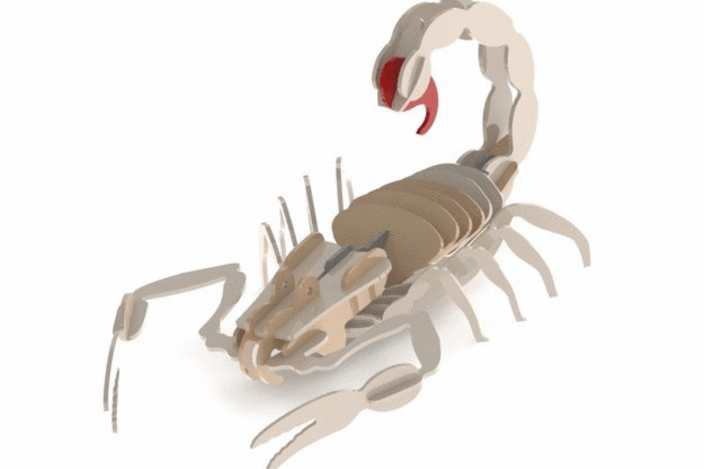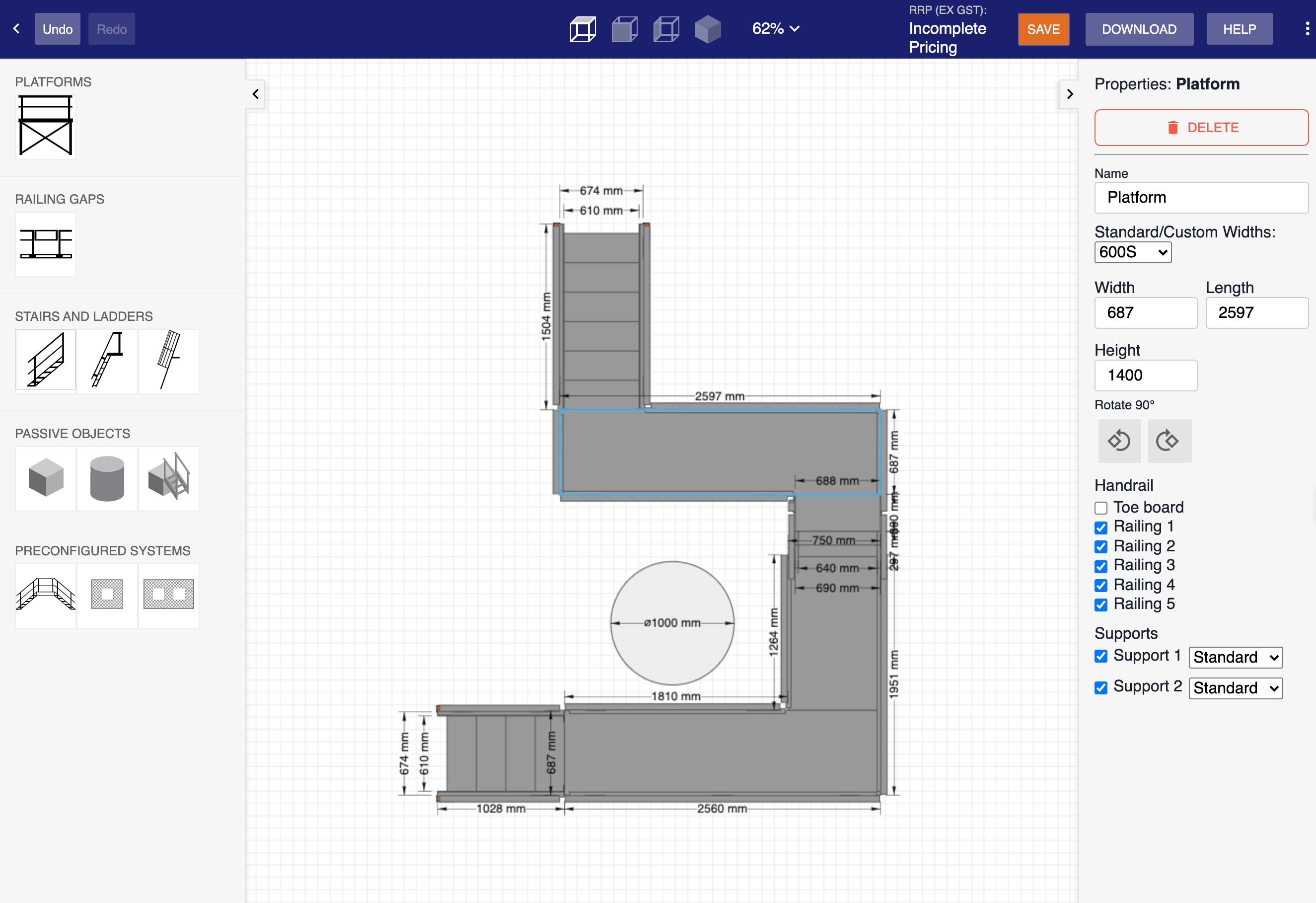
Let’s hide the Top folder for now, which lets us focus solely on the creation of the leg. You’ll find this helps us distinguish between the default color of 3D bodies, as we create the legs. Note this visual material will turn to a solid color once we return to the Design environment. We can also use the Visualize feature to drag over a wood appearance, such as Pine. This will help us reference the right asset as we create additional bodies. I’ll rename the folder, the body, and the sketch. Shift-click each of the items, right-click, and select Group Items. When working on multi-part assemblies, you’ll want to create folders and rename your assets in the Items Manager. We can now Extrude this Top board to a length of 44 inches. Lastly, I’ll make the height of the 2×8 the nominal thickness of 1.25”. I’ll make this 74 degrees, leaving us with a 16-degree miter. With symmetry applied, we can define the angle between the bottom corner and the other will update automatically. You’ll now see the Symmetry constraint icon. We can use the Symmetry constraint by shift-clicking each line, selecting Symmetry, and then defining the center line as the symmetry line. Let’s also lock the bottom horizontal line to ensure it doesn’t move when we add dimensions.īefore any other dimensions, we need to make the left and right-angled lines symmetrical. A vertical constraint will make this remain vertical. Snap this centerline to the midpoint of each line. We’ll want to sketch one last line running down the middle, which will help us use the Symmetry constraint. We can then create three additional lines without dimensioning them. With auto-constraint turned on, this will apply a horizontal constraint for us. The first line is 7.25” and needs to snap to the red X-axis to remain horizontal.

With the Line tool, we can sketch the profile of a 2×8 board on the Front plane.

We’ll then position them at the desired angles, which will allow us to split the boards similar to using a miter saw. However, we’ll start by creating simple board shapes. This sawhorse appears to have many complex mitered angles. We’ll look at using the Subtract tool, Split Body, the use of construction planes, and the Translate tool. I’m Kevin Kennedy, and today we’ll design a classic wooden sawhorse. Welcome to Day #7 of Learn Shapr3D in 10 Days for Beginners.


 0 kommentar(er)
0 kommentar(er)
